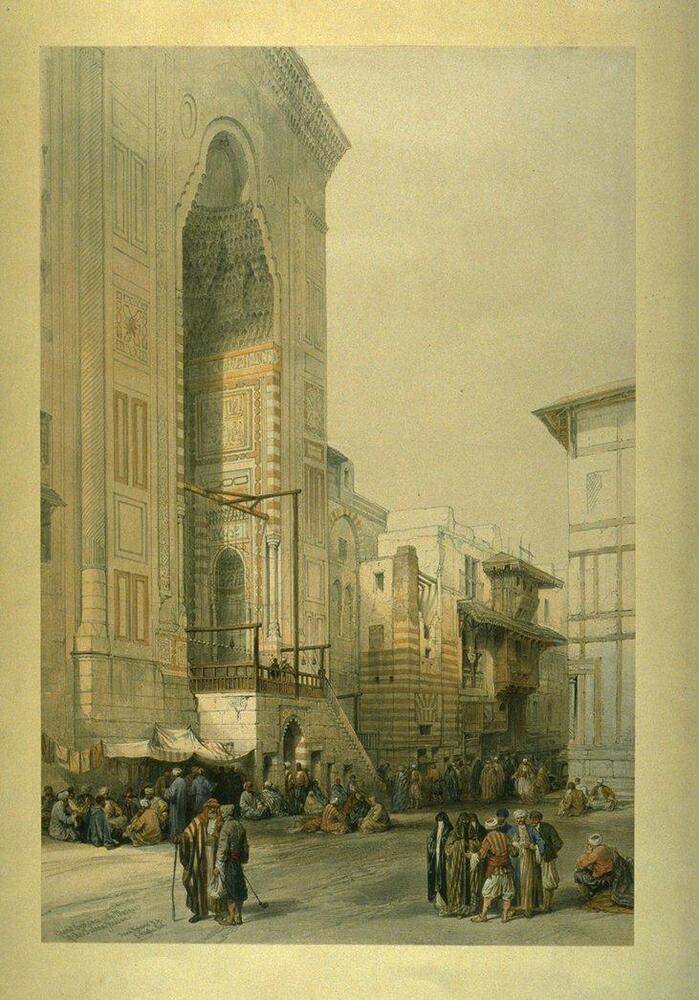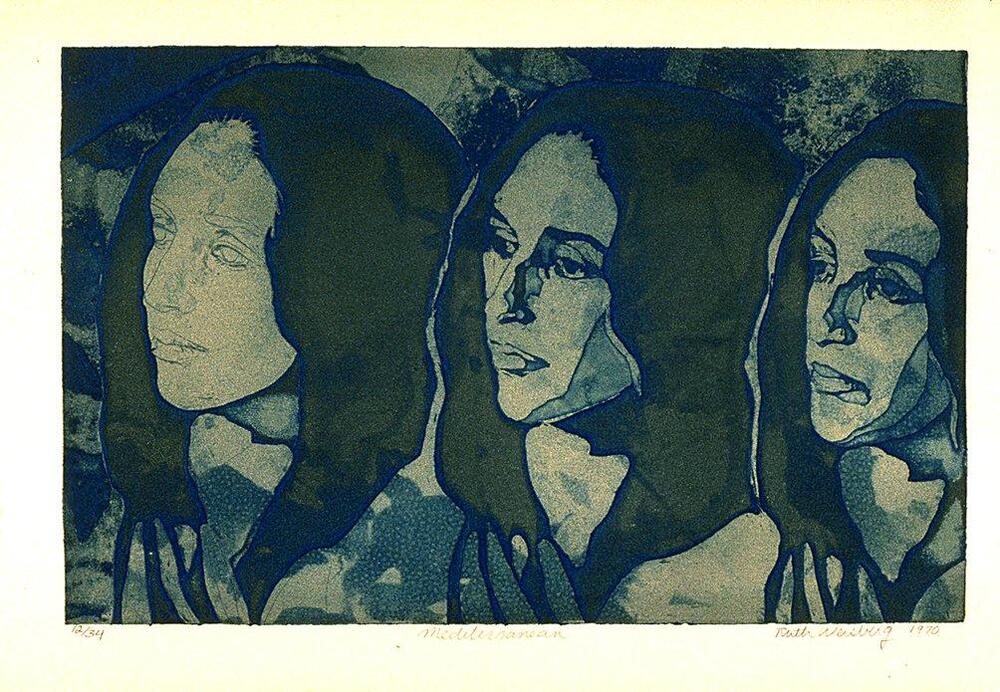Making the Modern Mediterranean - Introduction to visual analysis and doing history with art
How do we explore the meanings that are produced by images? What are some of the ways that historians consider works of art in their studies of the past?
We'll address these two questions in this exercise. We will practice visual analysis methodology with the two works of art contained in this resource, and we will consider what sorts of historical questions we can pursue with these works.
Visual analysis
see / interpret / connect
See - what do you see? Nothing is too obivous! In addition to what we see, think about how things are represented, things like line, color, form, texture, shape, lighting, shading.
Intepret - what does it make you think about? how does it make you feel?
Connect - how can we connect the meanings and feelings created by what we see to the broader historical questions we are addressing?
This methodology can help us not jump to conclusions with images. It can help us find complexity and ambiguity in works of art. It can help us be more methodologically rigorous in our use of images to study the past.
Documentary representation and the problem of the visual example
Some images are so easy to connect to our historical concepts, it may be hard for us to look deeper and be open to the multiple or complicated meanings the image might generate.
Let's try an analysis of the image to the right.
Historical practice with non-documentary images / Art as historical practice
Other works may defy simplistic connection to historical concepts. Indeed, the artworks themselves could be regarded as a form of historical practice, a way to explore the past.
Let's see what we can do with this one.
Rate this Resource
AVG: 0 | Ratings: 0
& Author Notes
Creative Commons by-nc-saLast Updated
September 22, 2020 12:18 p.m.Report
Reporting Policy


